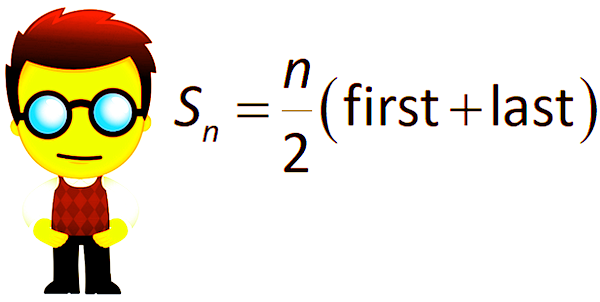Exercises
- If $x, y, z$ are in G.P., prove that $\log x, \log y, \log z$ are in A.P.
- If the $n^{\text {th }}$ term of the G.P. $5,10,20, \ldots$ is equal to the $n^{\text {th }}$ term of the G.P. $1280,640,320, \ldots$, find the value of $n$.
- Find three numbers in G.P. whose sum is 19 and whose product is $216 .$
- If in a GP the $(p+q)^{\text {th }}$ term is $a$ and the $(p-q)^{\text {th }}$ term is $b$, prove that the $p^{\text {th }}$ term is $\sqrt{a b}$.
- The third term of a G.P. is $6 \dfrac{1}{4}$ and the $7^{\text {th }}$ term is the reciprocal of the third. Which term of this GP is unity?
- If $\dfrac{1}{x+y}, \dfrac{1}{2 y}, \dfrac{1}{y+z}$ are the three consecutive terms of an A.P., prove that $x, y, z$ are the three consecutive terms of a G.P.
- If $x$ is the A.M. between $a$ and $b$ and $y$ is the A.M. between $b$ and $c$ while $a, b, c$ are in G.P., prove that $\dfrac{a}{x}+\dfrac{c}{y}=2$.
- If the arithmetic mean and geometric mean between the two numbers are $30$ and $18$ respectively, find the two numbers
- Let $a, b, c$ are three numbers between $2$ and $18$ , such that their sum is $25$. If $2, a, b$ are in A.P. and $b, c, 18$ are in G.P., then find $c$.
- An A.P. has first term $a$ and common difference $d, d \neq 0$. If the $3^{\text {rd }}, 4^{\text {th }}$ and $7^{\text {th }}$ terms of this A.P. are the first three terms of a G.P., show that $a=-\dfrac{3}{2} d$. Hence show that the $4^{\text {th }}$ term of the G.P. is the $16^{\text {th }}$ term of the A.P.
- In a set of four numbers, the first three are in G.P. and the last three are in A.P. with a common difference 6 . If the first number is the same as the $4^{\text {th }}$, find the four numbers.
- If the A.M. between two positive numbers $a$ and $b$, where $a>b$, is twice the G.M. between them, prove that $a: b=\left(2+\sqrt{3}\right): \left(2-\sqrt{3}\right)$
- If $A_{1}, A_{2}$ are the two A.M.s between two numbers $a$ and $b$ and $G_{1}, G_{2}$ are two G.M.s between the same two numbers, then prove that $\dfrac{A_{1}+A_{2}}{G_{1} G_{2}}=\dfrac{a+b}{a b}$.
- If $A$ and $G$ be A.M and G.M respectively between two positive numbers. Prove that the numbers are $A \pm \sqrt{A^{2}-G^{2}}$
- If the ratio of A.M. and G.M. between two positive numbers is $m: n$, then prove that the numbers are in the ratio $\left(m+\sqrt{m^{2}-n^{2}}\right):\left(m-\sqrt{m^{2}-n^{2}}\right)$.
- Given that the system of linear equations
$\begin{aligned} x+y+z &=a+4 \\\\ 2 x-y+2 z &=2 a+2 \\\\ 3 x+2 y-3 z &=1-2 a\\\\ \end{aligned}$
where $x, y, z$ in this order are in G.P. and $a$ is a positive real number. Find the value of $a$. - If $p^{\text {th }}, q^{\text {th }}$ and $r^{\text {th }}$ terms of a GP be $a, b, c(a, b, c>0)$, then prove that $(q-r) \log a+(r-p) \log b+(p-q) \log c=0$.













